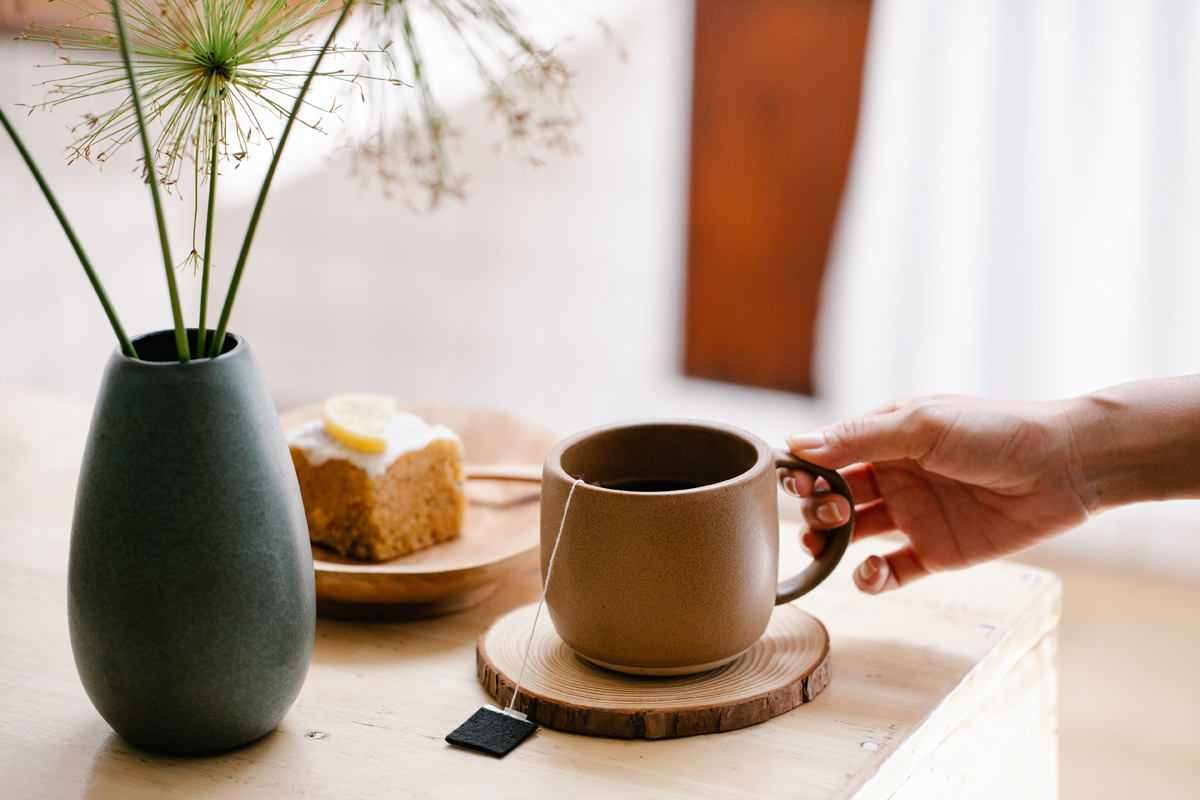
Hello there, would you care for a lovely mellow cup of high quality tea? - Then let us take a brief trip to The Nilgiri Hills in India.
The Nilgiri Hills (which are also referred to as the Blue Mountains) are a mountain range situated in the states of Tamil Nadu and Kerala in southern India. The hills themselves form part of the Western Ghats, a UNESCO World Heritage Site renowned for its rich biodiversity. The region covers an area of approximately 2,500 square kilometres (970 square miles) and it includes humours, distinctive peaks, plateaus, and valleys.
As we stand at the highest point of the Nilgiri Hills in Doddabetta, we are standing at roughly 2,600 meters (8,500 feet) above seawater. All around us stand row after row of dense Nilgiris tea plants, an evergreen shrub with dark green, glossy leaves which grow to a height of between 3 to 6 feet. It is the leaves we have journeyed here for, and as we take a closer look, we can see they have serrated edges and a smooth, waxy texture. We’re searching for young leaves and buds as they make the finest quality Indian Nilgiris Tea.
We pluck a handful of these vibrant young leaves before taking them to the local tea farm to be spread out on large trays. We’ll leave our carefully chosen leaves here for some time, as the moisture evaporates in a process referred to as Withering. This can take several hours, but it will be well worth the wait.
When we return to our dried leaves, we must then roll them to initiate the oxidation process. Here we use a hand-operated machine to roll the leaves which will aid the development of flavour and aroma of our Indian Nilgiris Tea.
Again, we must advance the passage of time as our carefully rolled leaves are left to oxidise in a cool, humid environment. During this stage enzymes in the leaves interact with oxygen which determines the type of tea we are producing. For Nilgiri tea, oxidation is generally limited to between 20-30%. We can now leave our Indian Nilgiris Tea leaves out in the sun for a while. With our tea plucked, rolled, withered and dried we can take a closer look at the leaves to choose the very best of them, based on size, colour, and wholeness.
And there we have it, our tea leaves are now finally ready for us to make the perfect brew… If you weren’t before, you certainly must be thirsty now! Thankfully Nilgiris tea from India is incredibly versatile and can be enjoyed in whichever way you prefer. It can be taken hot, or in ice form, and it pairs well with milk, honey, or lemon, allowing you to experiment to your heart’s content.
Now, please enjoy your fabulous cup of Indian Nilgiris Tea., you’ve certainly earned it after all that hard work!

